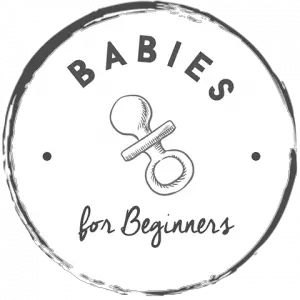What Is Water Birth?
Water birth is basically what it sounds like, giving birth to your baby underwater. Usually, you’ll spend the final stages of your labor in a birthing pool, with delivery taking place either in the water.
Water birth can take place in a hospital, a birthing center, or at home, assisted by a doctor or a midwife and can be assisted by a nurse or dula.
What Are the Benefits of Water Birth? Is Water Birth Less Painful?
For some of the same reasons you might soak in a warm bath after a hard day, you might be interested in laboring in a warm bath. Warm water affects your hormone levels, your blood pressure, and the amount of pain you can feel, decreasing all of them. You secrete more endorphins, which inhibit pain, and less adrenalin, the “fight or flight” hormone responsible for making your stress level skyrocket and your blood pressure rise. Since your perception of pain is influenced by your anxiety level, the amount of pain you experience while bathing also ebbs. You can imagine why that might be appealing while giving birth.
But there are other reasons having your baby underwater might make sense for you. A lot of the discomfort associated with labor is caused not by your baby’s movement within you, but by the pressure gravity puts on your skeleton, abdomen, and breasts. Water eliminates the power that gravity has over your body and allows many positions to be much more comfortable. Water can also work on your body parts to make them more cooperative. It encourages your cervix to dilate and makes your perineum more elastic, which means that it’s less likely to tear. If it does tear, it’s less likely that the tear will require a great number of stitches or an episiotomy. The warm water (between 90 and 101 degrees) can also make your contractions more efficient by increasing the blood supply to your uterus.
The humidity and moistness of the air coming off the water can ease your breathing. With your breathing eased, the pressures on your body lessened, your stress level lowered, and your pain decreased, you can expend all your energy laboring.
Water births have been associated with faster delivery and less blood loss, though evidence supporting these claims, like most claims about water birth, is more anecdotal than scientific at this point.
Is Water Birth Better for the Baby?
Many people believe that water delivery is easier on babies as well. Water equalizes the pressure on your baby, allowing optimal blood and oxygen flow during birth, and it has been credited with correcting minor malpresentation, like a misaligned head. Water is also said to be a gentle introduction for your baby to the world outside your womb.
Your baby does not take their first breath until their face comes in direct contact with the air, so as long as you bring your baby out of the water as soon as they are born, they may enjoy a quick swim to the surface.
Most midwives and doulas can help you prepare for a water birth at home or at a birthing center, and most newer hospital units have birth tubs available that you can climb into at will. Waterproof fetal monitors are even available so that you can enjoy the benefits of both our technological age and this age-old method of pain relief. If you are going to use water as an alternative to an epidural, wait until you are dilated by at least five centimeters and in transition (when you need the most pain relief), and climb in.
If progress slows, get out and move around to stimulate labor or try different positions like kneeling, squatting, sitting, and lying outstretched. You may want to get out of the water again to deliver, or you may want to stay until after birth.

